 Going to your local pharmacy offers an easy and convenient way to get clinical advice on minor health concerns – you don’t need an appointment and you can be seen in a private consultation room free of charge (You may need to pay for usual paid prescription, if eligible, or product charges).
Going to your local pharmacy offers an easy and convenient way to get clinical advice on minor health concerns – you don’t need an appointment and you can be seen in a private consultation room free of charge (You may need to pay for usual paid prescription, if eligible, or product charges).
Your local pharmacist can now offer treatment and provide some prescription medicine (there may be a charge for prescription medicine if you usually pay or over the counter medications) for seven conditions, if appropriate, without the need for a GP appointment or GP prescription.
These conditions include:
- earache(for those aged between 1 and 17),
- impetigo (for those 1 year and over),
- infected insect bites (for those 1 year and over),
- shingles ( for those over 18 years old),
- sinusitis (for those aged 12 years and over),
- sore throat (for those aged 5 years and over)
- and urinary tract infections (UTIs) (for women aged 16-64 years).
Pharmacists have the right clinical training to make sure you get the help you need and can also signpost you to your general practice team, A&E or other relevant local service, where necessary.
Community pharmacies are staffed by highly-skilled and qualified health professionals who are trusted parts of local communities.
All pharmacists train for five years in the use of medicines before they qualify and are also trained in clinically assessing and treating minor illnesses and giving health and wellbeing advice to help people stay well.
Pharmacy technicians are part of the pharmacy team and are also registered health professionals.
The new expanded community pharmacy services which also include initiating oral contraception without needing to see a GP first, and providing more blood pressure check services, are part of the NHS’ plans to recover and improve access to primary care services. It aims to free up to 10 million GP appointments a year once fully implemented, making it quicker and easier for the public to access healthcare in their local community, and giving them more choice in where and how they access care.
Over 10,200 pharmacies (95%+) have opted to deliver the service and 80% of people live within 20 minutes of a community pharmacy, making it a convenient and quicker way of accessing care.
